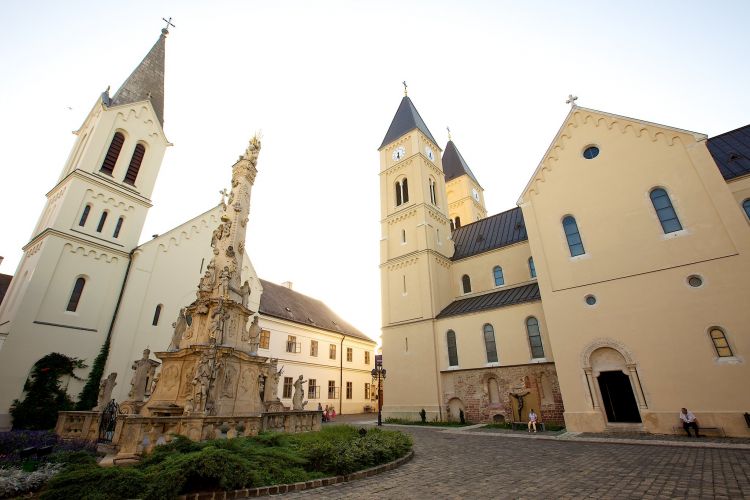Holy relics are especially revered in the Catholic Church. And these have been associated with many miracles.
There have been times where various holy images and statues of Mary have begun to weep inexplicably. Sometimes simple human tears would seep from the eyes of the Virgin Mary depicted in a painting, but there have also been instances of blood flowing from the eyes of a stone statue. It was tested and it turned out to be a man’s blood. Scientists have offered some possible explanations for the phenomenon, but there has never been conclusive evidence to disprove that miracles happened to these paintings and sculptures.
However, a miracle does not necessarily have to take place for something to be considered a relic. The earthly remains of the holy people who once lived are held in equal reverence. The best known of such relics in Hungary is St Stephen’s right hand, which is revered as the Holy Right. As well as this relic of Hungary’s founding king, the bones of his wife, Blessed Gisela, have also been preserved, some of which are buried in this city where she loved to be during her lifetime.
This is, of course, Veszprém, where the bones of Blessed Gisela’s forearm have been safeguarded in the wall next to the altar of the Basilica of St Michael in the castle, for the last 25 years.
The imposing building itself has weathered many historic storms. The site was a fortress long before the Conquest, when it was under the rule of the Western Roman Empire. Founded later by Queen Gisela, the forerunner of the present cathedral burned down several times over the centuries. However, it was always carefully rebuilt, most recently in 1910, when it gained its current Gothic style. This is why we do not know exactly what the original building looked like. However, it was certainly the oldest cathedral in Hungary, as evidenced by the Pannonhalma charter issued in 1001, which makes mentions of it during the founding years of the state.
In any case, its current appearance is quite beautiful enough. Its stained-glass windows are decorated with images of various saints, so the church is filled with strange, other-worldly light, especially during the day. Once you’ve admired this, it’s worth lingering among the columns, because if you find the entrance to the crypt – here’s a hint: it’s next to the stairs leading to the altar – you’ll also find the tombs of bishops Péter Beriszló and Márton Padányi Bíró.

